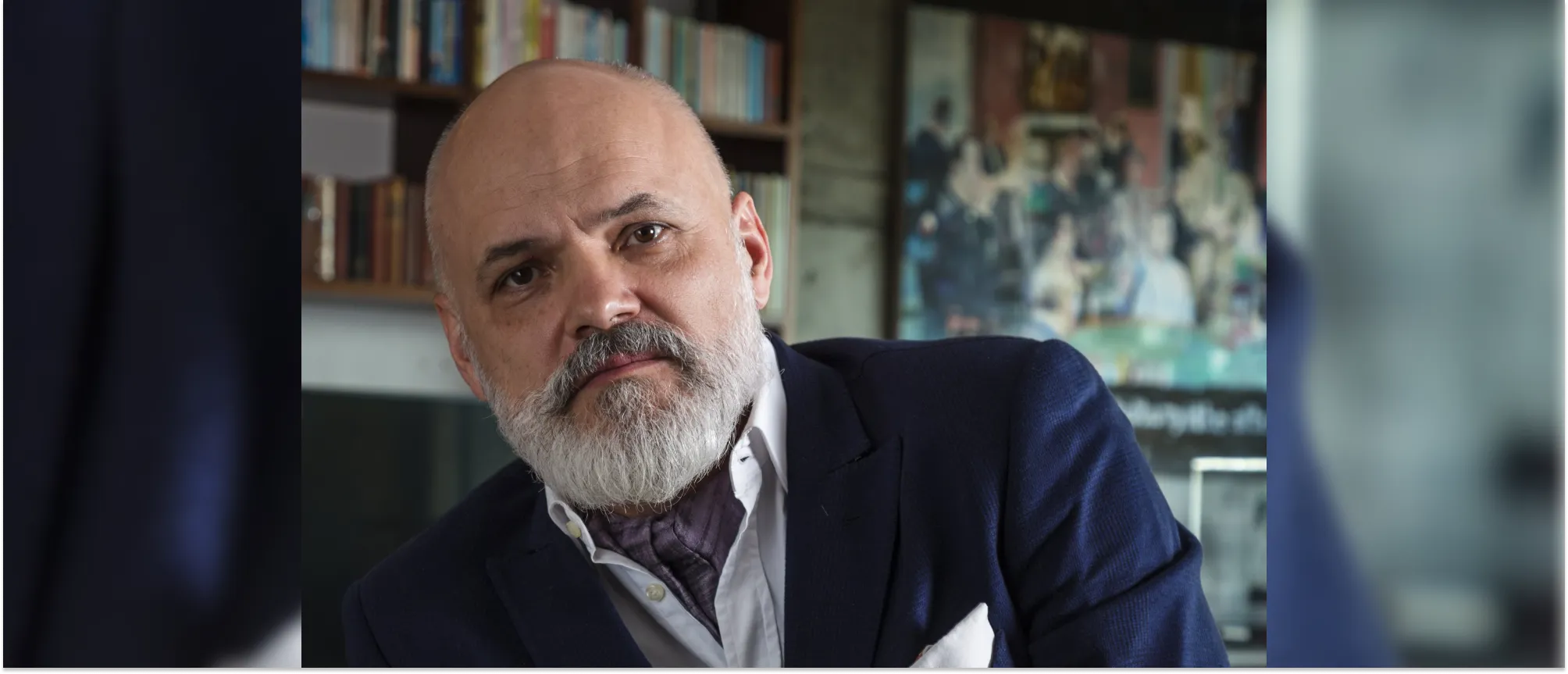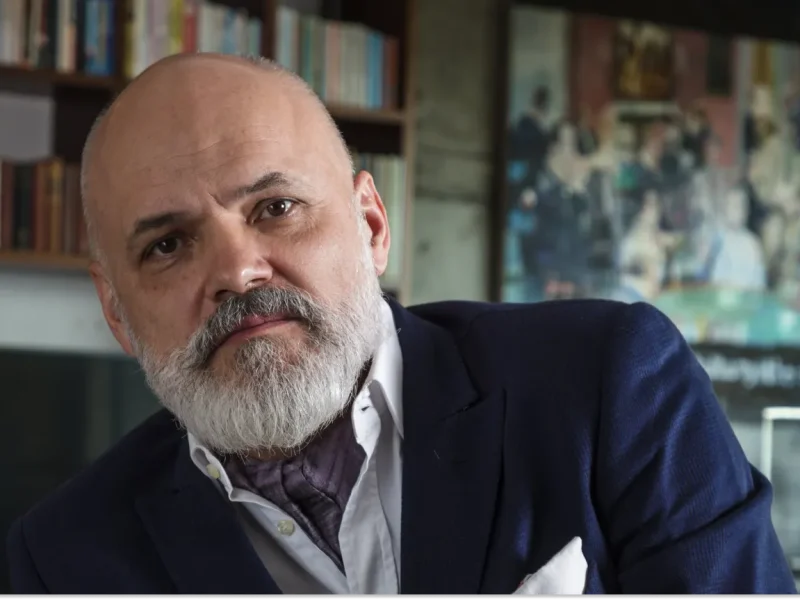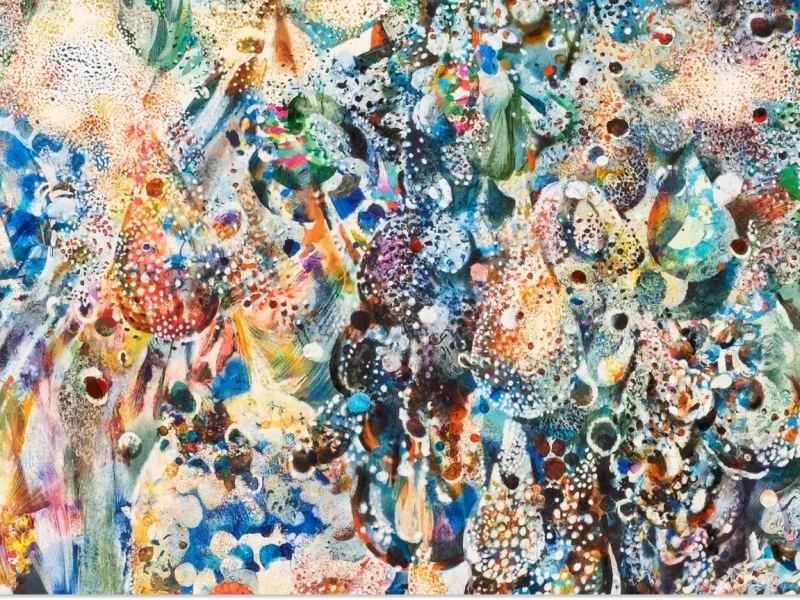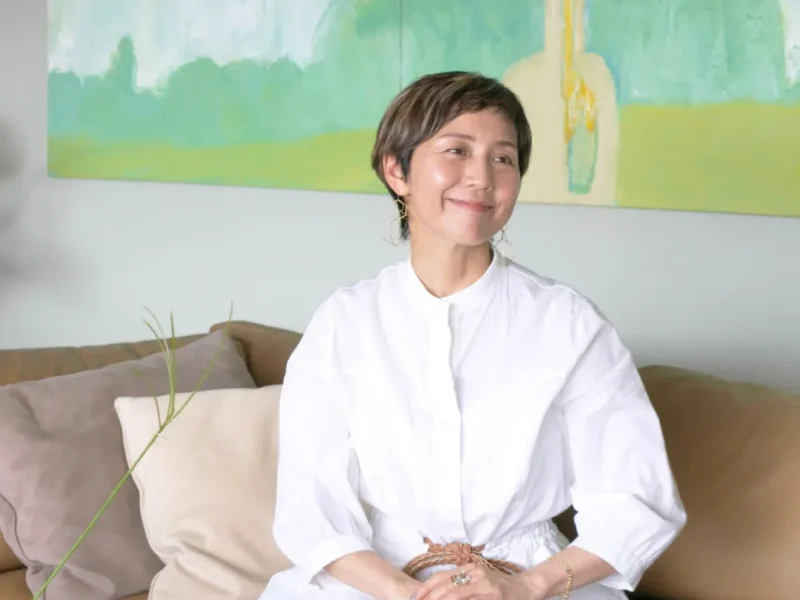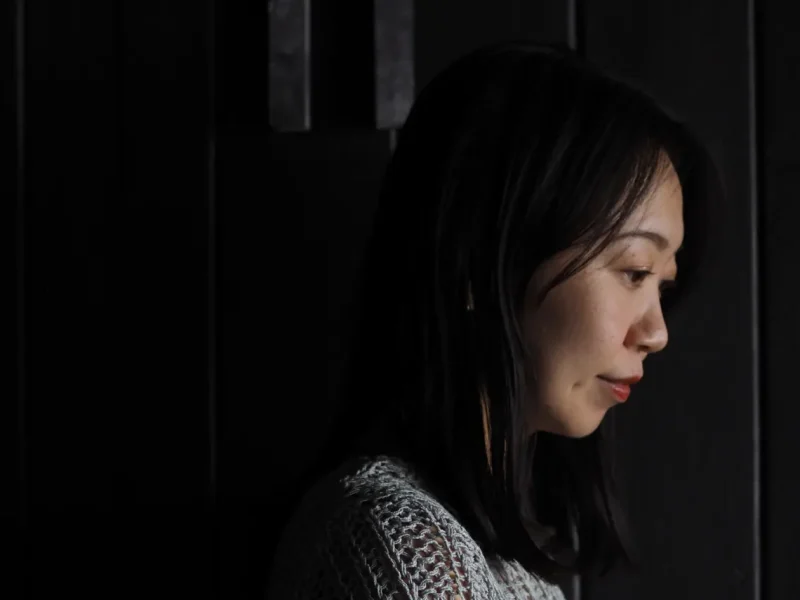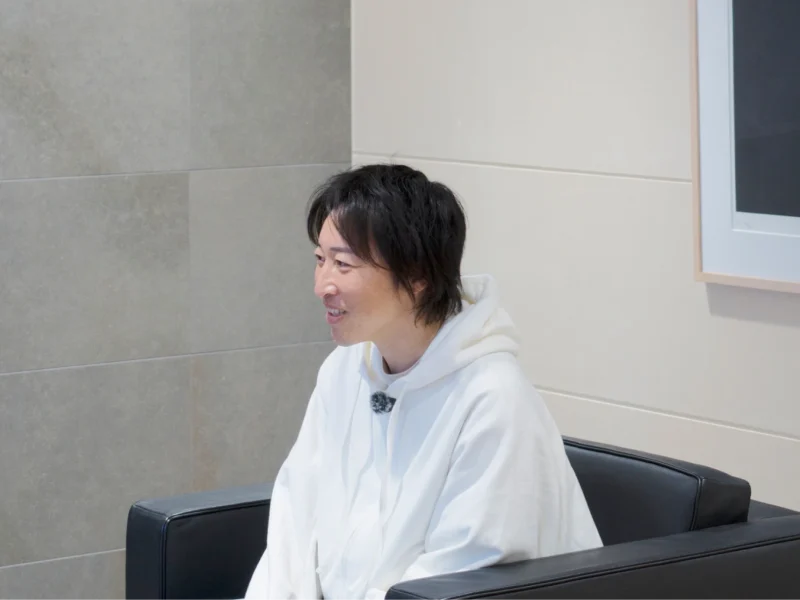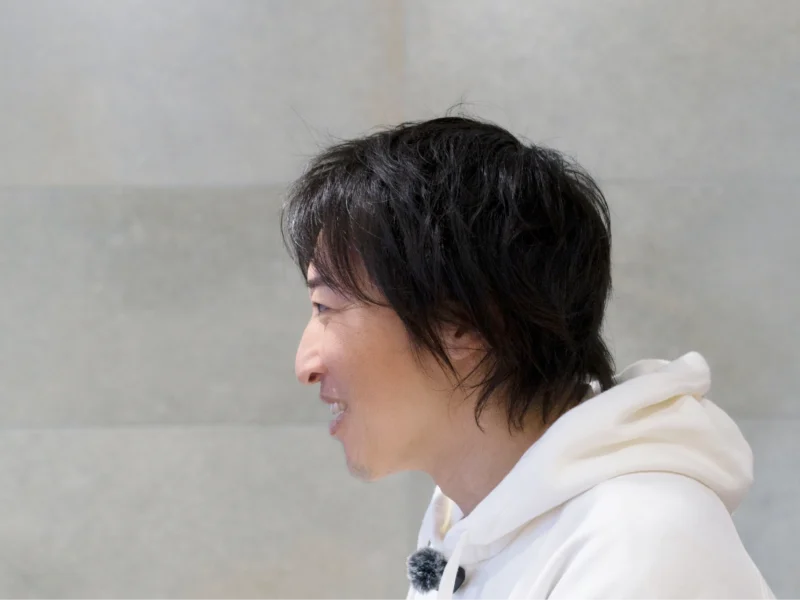Born in 1964, Blagoveschensk, in the former USSR, Konstantin Bessmertny currently lives and works in Macau and Hong Kong. His works are often signaturised by colourful chaos, surrealistic landscapes, contradictions and absurdities.
This September, Bessmertny will present his works with Gallery EXIT at Tokyo Gendai. In this interview, he shares with us his aspects he finds sacred in his practice, along with what he finds intriguing about Japan.
“Freedom is the cornerstone of creativity and essential to living a fulfilling life”
What’s the most fun thing about being an artist?
The most enjoyable aspect of being an artist is the freedom it affords. Freedom is the cornerstone of creativity and essential to living a fulfilling life. It empowers you to create on your own terms and to confidently say “no” to opportunities or influences that do not resonate with your values.
What’s the most challenging thing about being an artist?
Jorn Utzon, the person behind Sydney Opera House, during his acceptance speech for the Royal Gold Medal for Architecture at the Royal Institute of British Architects in 1978, famously stated, “If you like an architect’s work, you give him something to build, not a medal.” This sentiment resonates deeply with artists.
For those with a capital “A,” the reality is that they thrive on the opportunities presented by exhibitions, commissions, and projects, continually moving from one challenge to the next. Rather than seeking fame and wealth, the true goal is the chance to create.
However, the most challenging aspect often lies in securing that “next challenge.” Writing proposals and presenting them to gatekeepers of the art world – such as bureaucrats, developers, galleries, and collectors – requires immense effort and tenacity. Convincing others to grant you the opportunity to showcase your work can be both a time-consuming process and a significant hurdle in an artist’s career.
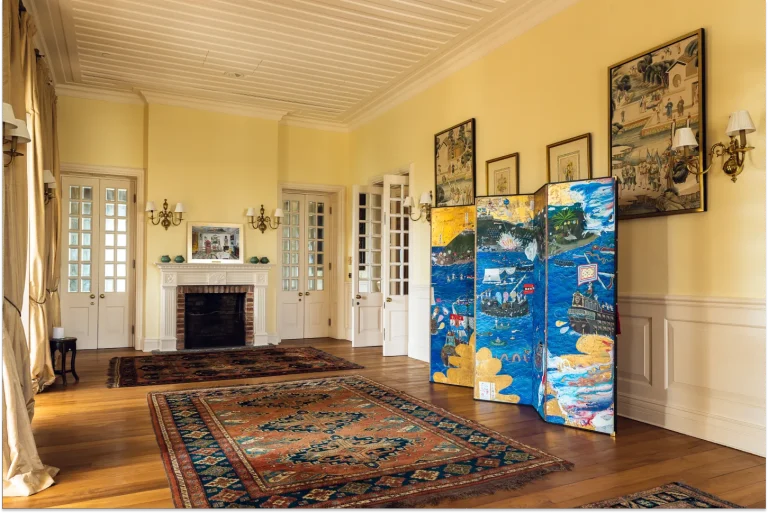
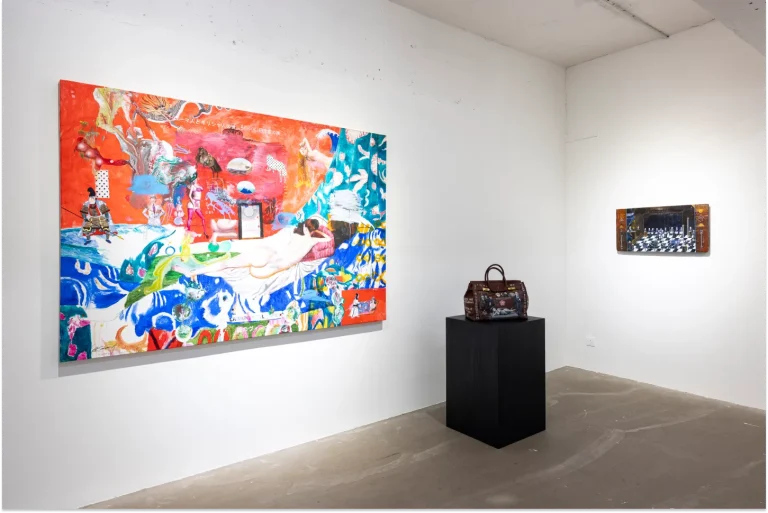
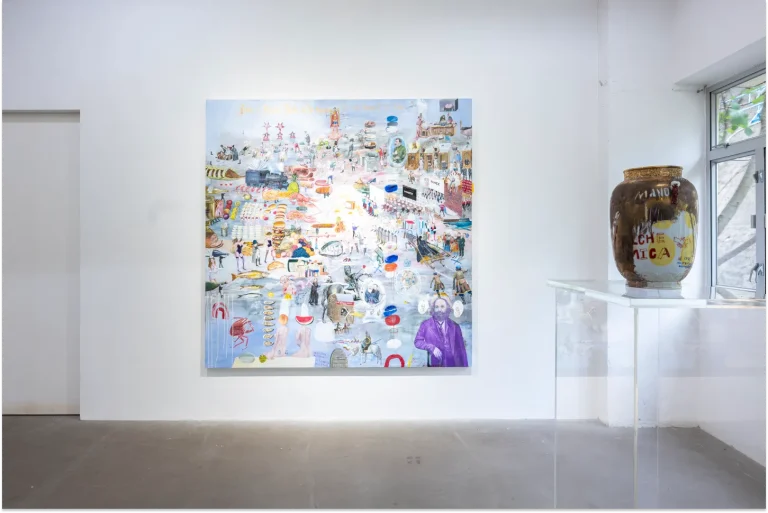
Can you tell us about an aspect of your practice that you hold sacred?
One of the most sacred aspects of my practice occurs after completing my morning routines and addressing the urgent items on my to-do list. At that moment, when I can cleanse myself of the worries and demands of the outside world, entering the studio truly becomes a divine experience. The process of organizing my color palette, preparing canvases and sketches, or arranging sculpting tools feels akin to preparing for meditation in a sacred temple.
Some of your work integrates Japanese imagery and words. Can you tell us what fascinates you about Japan?
Japan captivates me for a multitude of reasons, particularly its rich history and profound cultural exchanges that have influenced both art and architecture across the globe. The phenomenon of “Impressionism” or “Japonisme,” which emerged as a result of Western exposure to Japanese art in the mid-19th century, particularly intrigues me. The small woodblock prints that reached Europe had a significant impact on artists such as Van Gogh and Matisse, showcasing how a cultural shock can yield remarkable artistic innovation.
The 1893 World Exposition in Chicago, where the Japanese pavilion–modeled after a traditional Japanese house–was presented, further exemplifies Japan’s influence. This pavilion, with its transparent spaces and expansive roof, greatly shaped modern and minimalist architecture in the West.
Having lived and worked between Macau and Lisbon since 1992, I am deeply fascinated by history, especially the connections formed through trade. The arrival of the first Europeans, particularly Jesuit priests and traders, in Japan aboard the black-tar (kurofune) boats in 1543 marks the beginning of an era of significant cultural exchange. Macau served as a crucial link between Europe, China, and Japan, catalyzing the NanBan trade that lasted for almost two centuries. The term “Nan Ban,” which referred to the “barbarians from the south,” highlights the contrasting cultural practices observed by the Japanese towards these early European visitors.
This sense of being a “barbarian” resonates with me each time I visit Japan. Despite feeling out of place, I am continually fascinated by the intricacies of Japanese design, architecture, organizational systems, art, and craft. My admiration extends to artists like Kawanabe Kyosai and Tadanori Yokoo, whose work embodies the beauty and complexity of Japanese culture. For me, Japan represents a harmonious blend of tradition and modernity, making it one of my favorite travel destinations alongside Italy.
“Outside the realm of art, I am captivated by alchemy, religious symbolism, philosophy, languages, calligraphy, literature, and history”
Your work is full of symbolism and hidden messages. Has anyone surprised you with their interpretation of your work?
My work is indeed rich in symbolism and layered with hidden messages, reflecting my deep fascination with semiotics and visual language. Outside the realm of art, I am captivated by alchemy, religious symbolism, philosophy, languages, calligraphy, literature, and history. I view my work as vessels of communication, where I employ every tool at my disposal.
I enjoy constructing a labyrinth, one that invites viewers to navigate through complexities, encouraging those who are “initiated” to uncover their own paths. While I recognize that an artist relinquishes control over the meanings and interpretations of their work, it remains profoundly rewarding to witness a viewer find that missing piece of the puzzle, enhancing their understanding of what lies before them.
Are there any movies or shows you have watched recently?
I love arthouse and classic cinema. My favorite channel is The Criterion Collection. Currently, I’m revisiting the entire filmography of Akira Kurosawa, enjoying the masterful storytelling and profound themes that his movies present.
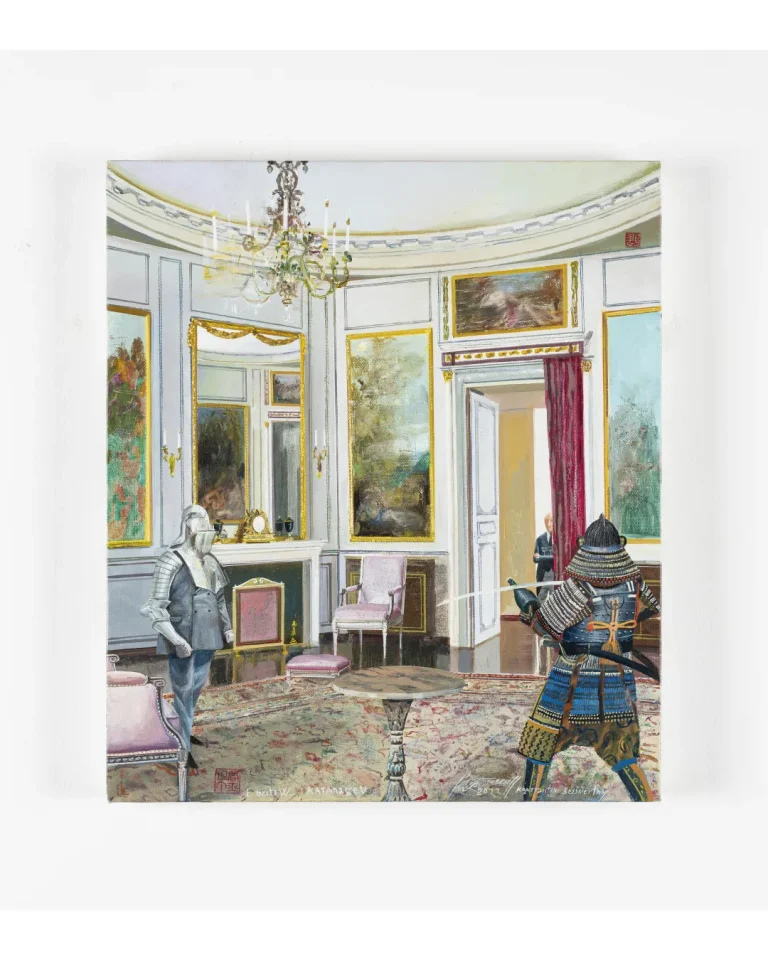
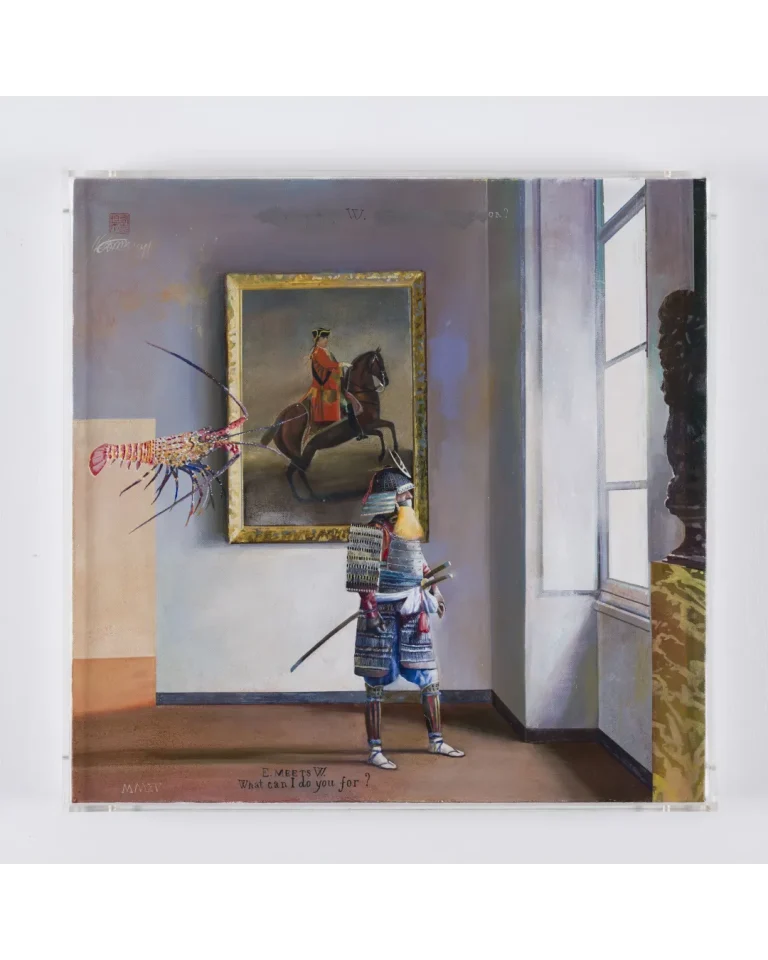
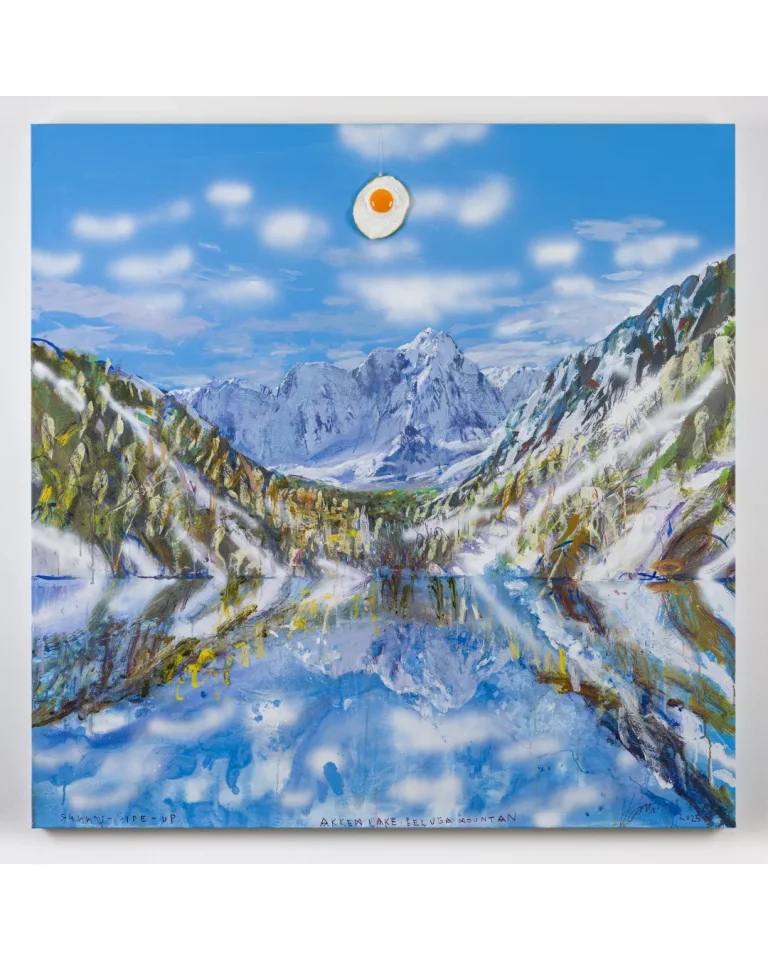
Do you have a favorite spot in Tokyo/Japan?
While I appreciate the allure of popular tourist destinations, I must admit that I’m somewhat reserved about sharing my secret spots in Kyoto and Tokyo. Given that Macau has the highest tourist density in the world–over 547,000 visitors per square kilometer–I completely understand why locals often wish to preserve some of their hidden gems for themselves.
That said, one place I always return to and wholeheartedly recommend is Miyanoshita in Hakone. It boasts hidden museums, scenic mountain trails, breathtaking views, and magnificent hotels. This tranquil environment allows for a perfect escape and a genuine experience of Japan’s natural beauty.
<Thank you Konstantin! We look forward to seeing your work at Tokyo Gendai this September.>
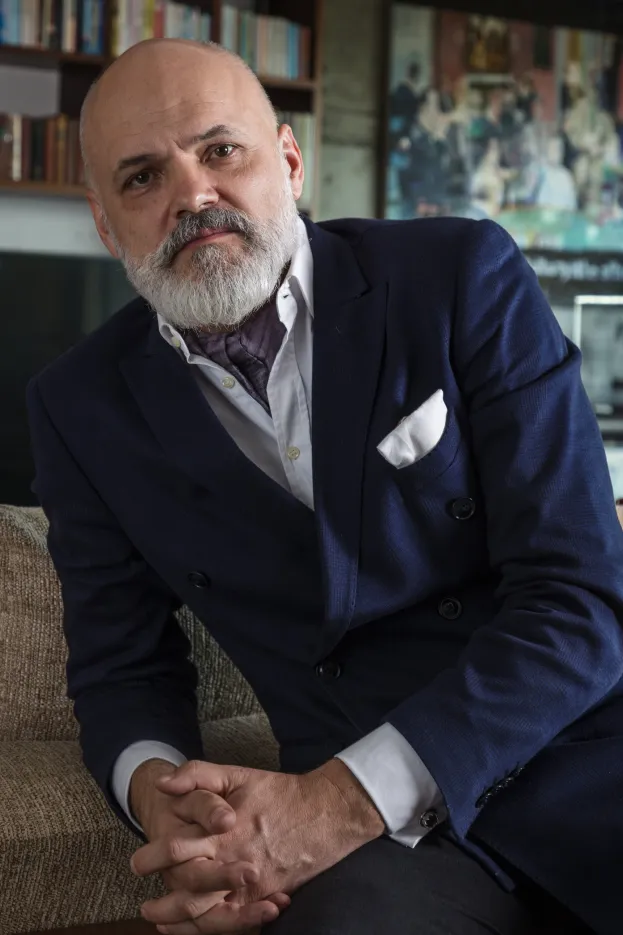
©Konstantin Bessmertny, Courtesy of Gallery EXIT
Konstantin Bessmertny
Born in 1964, Blagoveschensk, in the former USSR, Bessmertny can be considered one of the most active and distinguished artists working in Asia today. In his artistic career that spans over three decades, Bessmertny paints, draws, makes sculptures and installations. Bessmertny studied fine art in the grand academies of the Soviet Union, his thoughtfulness on a wide range of subjects matter – literature, music, history and politics, as well as his diverse cultural background. His works are often signaturised by colourful chaos, surrealistic landscapes, contradictions and absurdities.


